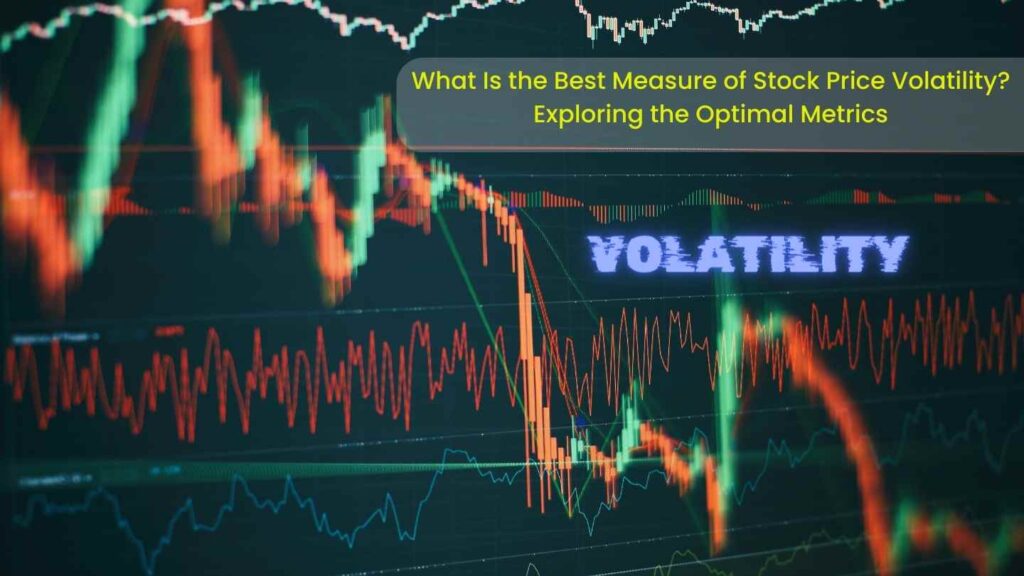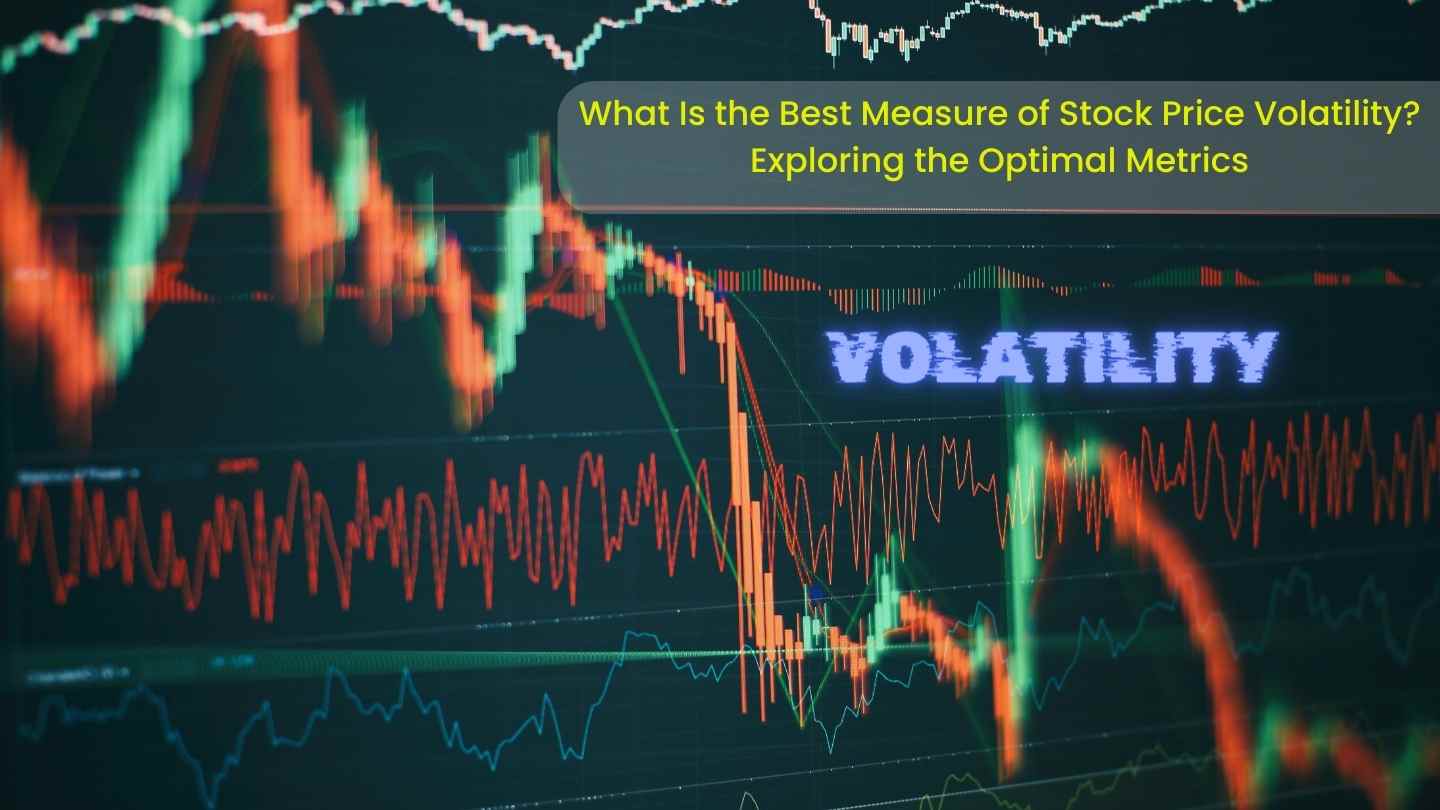| Heading | Subheading |
|---|---|
| Introduction | – Definition of stock price volatility |
| – Importance of measuring volatility | |
| Common Volatility Metrics | – Historical volatility |
| – Implied volatility | |
| – Realized volatility | |
| Choosing the Right Metric | – Considerations for selecting a volatility measure |
| – Comparison of different metrics | |
| Application and Interpretation | – How to use volatility metrics in investment decisions |
| – Understanding the implications of volatility | |
| Conclusion | – Summary of key points |
| – Importance of selecting the right volatility measure |
Introduction
Stock price volatility is a crucial concept in the world of finance. It refers to the degree of variation in a stock’s trading price over time. Understanding volatility is essential for investors as it can affect investment strategies and risk management. But what’s the best way to measure it?

Common Volatility Metrics
Historical Volatility:
This metric calculates the dispersion of past stock prices from their average. It provides insight into how much prices have fluctuated in the past.
Implied Volatility:
Implied volatility is derived from options pricing. It reflects market participants’ expectations of future volatility based on the price of options.
Realized Volatility:
Unlike implied volatility, realized volatility is based on actual price movements within a specific period. It measures the actual volatility experienced by a stock.
Key Points
When we talk about volatility, we mean how fast markets change. Traders keep a close eye on this because it tells them a lot about the risk involved. If a stock is more volatile, it means there’s a bigger chance of losing money.
To figure out how volatile a market is, traders often use something called standard deviation. They also use Bollinger Bands for this. Another way to measure volatility is something called maximum drawdown, which helps investors limit their losses.
Beta is another way to look at volatility. It compares how much a stock moves compared to the whole market. And there’s something called the CBOE Volatility Index (VIX) that tells us how much change we can expect in the Nifty.
Now, investors have a couple of options when dealing with volatility. They can hedge, which means taking steps to protect their investments from big swings. Or they can embrace volatility and try to make money from the changes in prices.
Choosing the Right Metric
When selecting a volatility measure, several factors come into play. Investors should consider the investment horizon, the underlying asset, and the market conditions. Historical volatility may be more suitable for long-term investors, while traders may prefer implied or realized volatility for short-term insights.
Comparing these metrics can also help in determining which one aligns best with investment goals. Historical volatility provides a backward-looking view, while implied volatility offers forward-looking expectations. Realized volatility, on the other hand, reflects current market conditions.
Application and Interpretation
Using volatility metrics requires careful interpretation. Investors can utilize them to gauge the risk associated with a particular stock or portfolio. High volatility may indicate greater uncertainty and potential for larger price swings, while low volatility suggests stability but may also imply lower returns.
Understanding the implications of volatility is crucial for making informed investment decisions. It can help investors adjust their strategies accordingly, whether it’s managing risk, timing trades, or allocating assets.
Conclusion
In conclusion, measuring stock price volatility is essential for investors to assess risk and make informed decisions. While historical, implied, and realized volatility are common metrics, each has its advantages and limitations. Investors should carefully consider their investment objectives and market conditions when choosing the most appropriate measure of volatility.
FAQs
1. How does volatility affect investment returns?
Volatility can impact investment returns in several ways. Higher volatility generally implies higher risk, which may lead to larger price fluctuations and potentially higher returns, but also increases the chance of significant losses.
2. Can volatility metrics predict future market movements?
While volatility metrics provide insights into market sentiment and risk levels, they cannot predict future market movements with certainty. They are valuable tools for assessing risk and making informed decisions, but other factors also influence market behavior.
3. Are there any drawbacks to relying solely on volatility metrics for investment decisions?
Relying solely on volatility metrics may overlook other important factors influencing investment performance, such as company fundamentals, macroeconomic trends, and geopolitical events. It’s essential to consider a comprehensive range of factors when making investment decisions.



